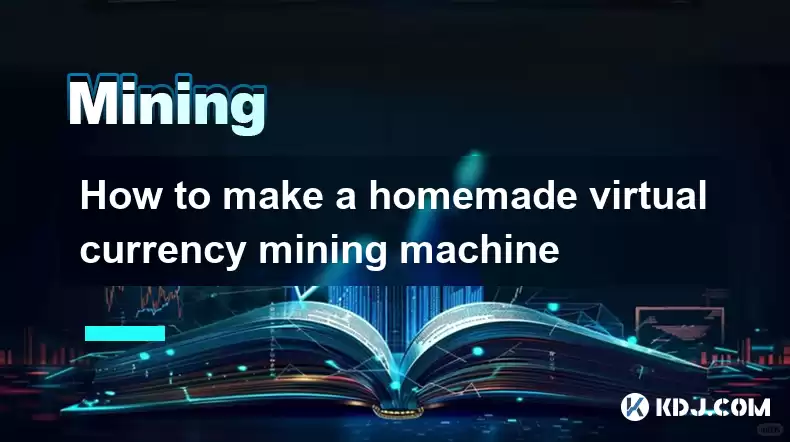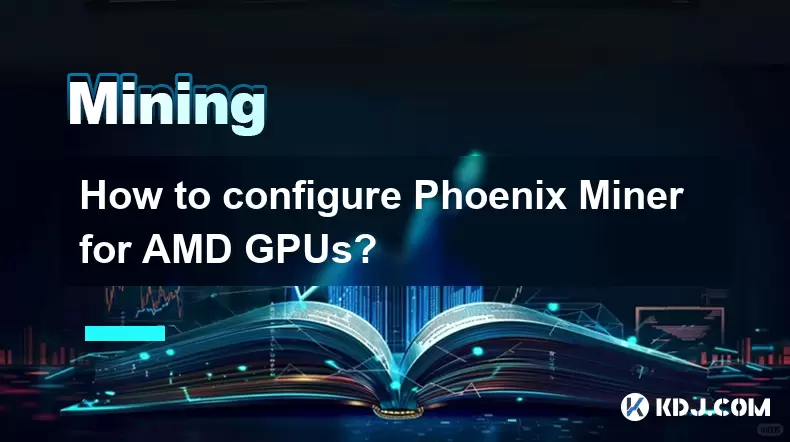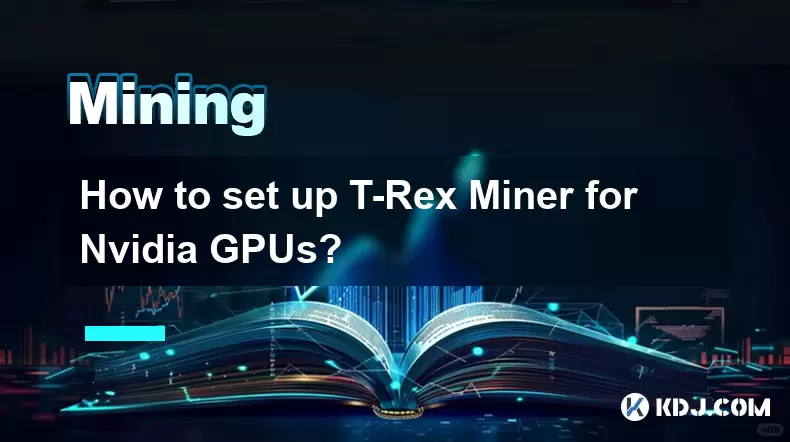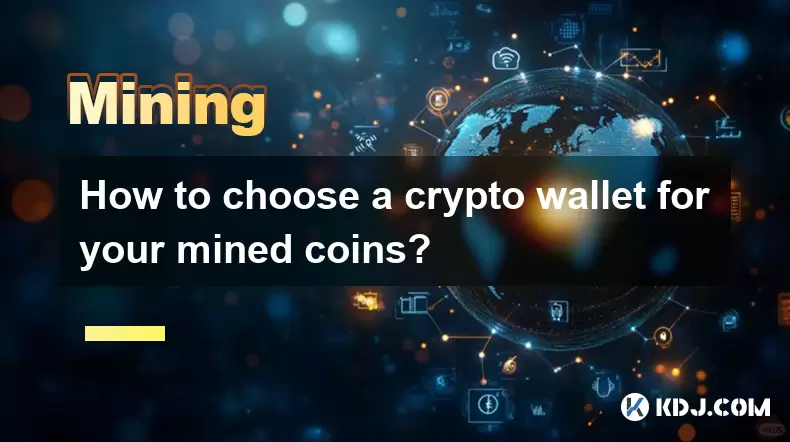-
 Bitcoin
Bitcoin $117600
0.25% -
 Ethereum
Ethereum $4424
0.10% -
 XRP
XRP $3.101
0.50% -
 Tether USDt
Tether USDt $1.001
-0.01% -
 BNB
BNB $836.2
1.26% -
 Solana
Solana $188.8
2.11% -
 USDC
USDC $1.000
0.01% -
 Dogecoin
Dogecoin $0.2301
0.57% -
 TRON
TRON $0.3485
-1.00% -
 Cardano
Cardano $0.9209
-1.34% -
 Hyperliquid
Hyperliquid $46.72
-1.19% -
 Chainlink
Chainlink $22.62
4.84% -
 Stellar
Stellar $0.4275
-0.38% -
 Sui
Sui $3.761
1.91% -
 Bitcoin Cash
Bitcoin Cash $586.7
-0.25% -
 Ethena USDe
Ethena USDe $1.001
0.01% -
 Hedera
Hedera $0.2510
2.06% -
 Avalanche
Avalanche $24.21
2.22% -
 Litecoin
Litecoin $119.7
1.07% -
 Toncoin
Toncoin $3.450
1.06% -
 UNUS SED LEO
UNUS SED LEO $9.411
-0.93% -
 Shiba Inu
Shiba Inu $0.00001298
1.20% -
 Uniswap
Uniswap $10.98
3.25% -
 Polkadot
Polkadot $3.961
2.16% -
 Dai
Dai $1.000
0.00% -
 Bitget Token
Bitget Token $4.642
0.95% -
 Cronos
Cronos $0.1514
0.57% -
 Ethena
Ethena $0.7290
3.78% -
 Monero
Monero $254.1
7.69% -
 Pepe
Pepe $0.00001102
2.47%
How to make a homemade virtual currency mining machine
To understand the principles of cryptocurrency mining, delve into the intricacies of blockchains, proof-of-work, and proof-of-stake validation methods.
Jan 12, 2025 at 04:01 am

Homemade Virtual Currency Mining Machine Construction Guide
Key Points:
- Understand the principles of cryptocurrency mining.
- Choose suitable hardware components for mining.
- Assemble and configure the mining machine.
- Optimize performance and monitor operation.
Step 1: Delve into Cryptocurrency Mining Basics
Principles of Mining:
- Mining involves solving complex mathematical puzzles to verify and add new transactions to the blockchain (distributed ledger).
- Miners receive rewards for successfully solving puzzles in the form of cryptocurrencies such as Bitcoin or Ethereum.
Proof-of-Work vs. Proof-of-Stake:
- Proof-of-Work (PoW): Requires miners to use computational power to solve puzzles.
- Proof-of-Stake (PoS): Stakeholders use their crypto holdings as collateral to participate in block validation.
Step 2: Selecting Hardware Components
GPU vs. ASIC Miners:
- GPUs (Graphics Processing Units) are versatile and accessible for home miners.
- ASICs (Application-Specific Integrated Circuits) are specialized mining devices with higher efficiency and lower power consumption.
Choosing Components:
- Determine the target cryptocurrency and its mining algorithm (e.g., SHA-256, Ethash).
- Research and select GPUs or ASICs optimized for the chosen algorithm.
- Consider the power consumption, cooling requirements, and budget constraints.
Step 3: Assembling the Mining Machine
Motherboard and Power Supply:
- Choose a motherboard compatible with the selected GPUs or ASICs.
- Select a power supply with sufficient wattage to handle the mining components' power draw.
Connecting Components:
- Connect the GPUs or ASICs to the motherboard PCIe slots.
- Connect the power supply to the motherboard, GPUs, and riser cards if using multiple GPUs.
Installation and Configuration:
- Install an operating system specifically designed for mining, such as HiveOS.
- Configure mining software like CGMiner or Claymore's Dual Miner.
Step 4: Optimizing Performance and Monitoring
Cooling and Ventilation:
- Ensure adequate cooling for the mining components to prevent overheating and performance degradation.
Overclocking and Underclocking:
- Optimize GPU settings (e.g., core clock, memory clock) to increase hashrate (mining speed).
- Underclock ASICs to reduce power consumption while maintaining performance.
Monitoring:
- Use software tools to monitor mining performance (e.g., hashrate, power consumption, temperature).
- Regularly check and adjust settings as needed.
Step 5: Troubleshooting and Maintenance
Common Troubleshooting Issues:
- Hardware malfunctions (e.g., GPU failure, power supply issues)
- Overheating or insufficient cooling
- Software compatibility or configuration errors
Maintenance Tasks:
- Regularly clean mining components to remove dust and debris.
- Monitor and replace worn-out or damaged parts when necessary.
- Update firmware and software as needed.
Step 6: Cost and ROI Considerations
- Calculate the upfront costs of hardware, power supply, cooling system, and software.
- Estimate the potential mining earnings based on network difficulty, hashrate, and cryptocurrency value.
- Determine the estimated time to recoup the initial investment (ROI).
Step 7: Best Practices for Home Mining
- Join mining pools to increase stability and earning potential.
- Consider cloud mining as a passive investment option.
- Set realistic expectations for profitability, as it can fluctuate.
- Stay informed about cryptocurrency market trends and mining technology advancements.
FAQs
Q: What is the best type of mining machine for beginners?
A: GPU-based mining rigs are accessible and suitable for novice miners.
Q: How much does it cost to build a mining machine?
A: Costs vary depending on hardware components and market prices, but expect to spend several thousand dollars.
Q: Is homemade mining profitable?
A: Profitability depends on factors like cryptocurrency value, network difficulty, and energy costs.
Q: How much electricity does a mining machine use?
A: GPU miners consume around 100-200 watts, while ASICs can draw up to 1000 watts or more.
Q: How to connect a mining machine to a mining pool?
A: Configure the mining software with the pool's server address, port, and worker name.
Disclaimer:info@kdj.com
The information provided is not trading advice. kdj.com does not assume any responsibility for any investments made based on the information provided in this article. Cryptocurrencies are highly volatile and it is highly recommended that you invest with caution after thorough research!
If you believe that the content used on this website infringes your copyright, please contact us immediately (info@kdj.com) and we will delete it promptly.
- Kazakhstan's Crypto Leap: Bitcoin ETF and Central Asia's Digital Finance Future
- 2025-08-13 12:45:19
- BlockDAG Presale Blazes Past $371M: Fundraising Frenzy Fuels Crypto Sensation
- 2025-08-13 13:05:21
- Meme Coins: Chasing the 2025 Surge – Which Will Moonshot?
- 2025-08-13 10:25:23
- Bitcoin's Wild Ride: Rally, Pullback, and What's Next
- 2025-08-13 10:25:23
- Bitcoin, Bitmax, and Institutional Demand: A New Era of Crypto Investment
- 2025-08-13 10:45:12
- Solana, ROAM, and Airdrops: What's the Buzz in 2025?
- 2025-08-13 11:35:13
Related knowledge

How to configure Phoenix Miner for AMD GPUs?
Aug 11,2025 at 03:21am
Understanding Phoenix Miner and Its Compatibility with AMD GPUsPhoenix Miner is a lightweight, high-performance Ethereum mining software designed for ...

How to set up T-Rex Miner for Nvidia GPUs?
Aug 10,2025 at 12:07am
Understanding T-Rex Miner and Its Compatibility with Nvidia GPUsT-Rex Miner is a high-performance mining software designed specifically for Nvidia GPU...

What is "proof-of-work" and how does it relate to mining?
Aug 07,2025 at 02:03pm
Understanding the Concept of Proof-of-WorkProof-of-work (PoW) is a consensus mechanism used in blockchain networks to validate transactions and secure...

How to choose a crypto wallet for your mined coins?
Aug 13,2025 at 11:36am
Understanding the Types of Crypto Wallets for Mined CoinsWhen selecting a crypto wallet for your mined coins, the first step is to understand the diff...

What are the differences between mining on Windows vs. Linux?
Aug 06,2025 at 11:29pm
Overview of Cryptocurrency Mining PlatformsCryptocurrency mining involves using computational power to solve complex cryptographic puzzles and validat...

How to use an old computer for cryptocurrency mining?
Aug 07,2025 at 12:42pm
Understanding the Feasibility of Using an Old Computer for MiningUsing an old computer for cryptocurrency mining may seem outdated, but it is still te...

How to configure Phoenix Miner for AMD GPUs?
Aug 11,2025 at 03:21am
Understanding Phoenix Miner and Its Compatibility with AMD GPUsPhoenix Miner is a lightweight, high-performance Ethereum mining software designed for ...

How to set up T-Rex Miner for Nvidia GPUs?
Aug 10,2025 at 12:07am
Understanding T-Rex Miner and Its Compatibility with Nvidia GPUsT-Rex Miner is a high-performance mining software designed specifically for Nvidia GPU...

What is "proof-of-work" and how does it relate to mining?
Aug 07,2025 at 02:03pm
Understanding the Concept of Proof-of-WorkProof-of-work (PoW) is a consensus mechanism used in blockchain networks to validate transactions and secure...

How to choose a crypto wallet for your mined coins?
Aug 13,2025 at 11:36am
Understanding the Types of Crypto Wallets for Mined CoinsWhen selecting a crypto wallet for your mined coins, the first step is to understand the diff...

What are the differences between mining on Windows vs. Linux?
Aug 06,2025 at 11:29pm
Overview of Cryptocurrency Mining PlatformsCryptocurrency mining involves using computational power to solve complex cryptographic puzzles and validat...

How to use an old computer for cryptocurrency mining?
Aug 07,2025 at 12:42pm
Understanding the Feasibility of Using an Old Computer for MiningUsing an old computer for cryptocurrency mining may seem outdated, but it is still te...
See all articles

























































































